Koozh vadam | Vathal
arisi vadam
omapodi vadam
Koozh Vadam is a traditional South Indian snack, especially popular in Tamil Nadu. It is a type of sun-dried crisp or fryum made from a batter of rice , and sago aka sabudana. The process of making Koozh Vadam is a bit time-consuming but it's a seasonal delight, particularly prepared during the hot summer months to utilize the intense sunlight for drying.
Koozh Vadam making is a traditional skill passed down through generations, and making them is often a communal activity in many households, symbolizing the beginning of summer and the preservation techniques of yesteryears.
Ingredients:
Raw rice
sago aka sabudana
Salt
Cumin Seeds (optional): For added flavor.
Asafoetida (Hing) (optional): For digestion and additional flavor.
Green Chilies
Water: For grinding and adjusting the batter consistency.
Soak 1 cup raw rice and 1/4 cup sago for 5 hours or even overnight .
Grind to a smooth paste with green chilies, asafoetida powder .
Take a heavy bottomed pan or pressure cooker vessel, add about 6 cups water , allow to boil .
add this ground batter slowly while stirring to avoid lumps .
now keep stirring with a wooden ladle till batter thickens to a smooth lump .
the cooked dough will look shiny and not stick , it will come to a smooth thick ball like consistency.
switch off flame , cover and keep till dough is warm to handle .
now take small balls of this dough and press through a murukku press with preferred shape , choose plate like star or nada pakoda plate or even omapodi plate , press dough through the murukku press or the idiappam press onto good plastic sheets, or parchment paper or even big sized plates .
i do not prefer to squeeze onto cloth as it is a cumbersome process of having to peel them back when semi dried .
best would be either thick sheets, parchment paper, or several large steel trays . after they are dried a bit it is easy to remove and dry them on mats etc .
Preparation: of rice sago small appalams ( vadam)
Raw rice and sago are soaked separately for about 4-6 hours or overnight.
The soaked ingredients are then ground to a fine paste. The consistency of the batter is crucial; it should be smooth yet slightly thick, allowing it to be spread or piped onto a cloth or plastic sheet. Green chilies can be ground along with the rice and dal for a spicy version.
The ground batter is mixed with salt (and cumin seeds, asafoetida if using) and left to ferment overnight. Fermentation adds a slight tanginess and aids in making the vadams more digestible. It is also optional .
The fermented batter is cooked till it is smooth thick and shiny , then shaped into small thin discs or piped into small shapes on a clean, dry cloth or a specially designed plastic sheet laid out under the sun. Some prefer to use a small ladle or a piping bag for uniform shapes.
The shaped vadams are left to dry in the hot sun. This can take 1-3 days, depending on the intensity of the sun and the thickness of the vadams. They need to be completely moisture-free to ensure long-term storage without spoilage.However it is possible to dry them indoors as well , i have prepared all types of vathals, arisi appalams etc by drying indoors only . i prepare small batches everyday so there is no strain and i get enough space to spread the sheets around my house on dining tables etc .
Once fully dried, the Koozh Vadams are stored in airtight containers and can last for several months.
kuchi vadam
Cooking:
To enjoy Koozh Vadams, they are deep-fried in hot oil until they puff up and become crisp. They are a delicious accompaniment to meals or can be enjoyed as a snack.
Koozh Vadam making is a traditional skill passed down through generations, and making them is often a communal activity in many households, symbolizing the beginning of summer and the preservation techniques of yesteryears.
thatta vadam
puliyodharai with vathal







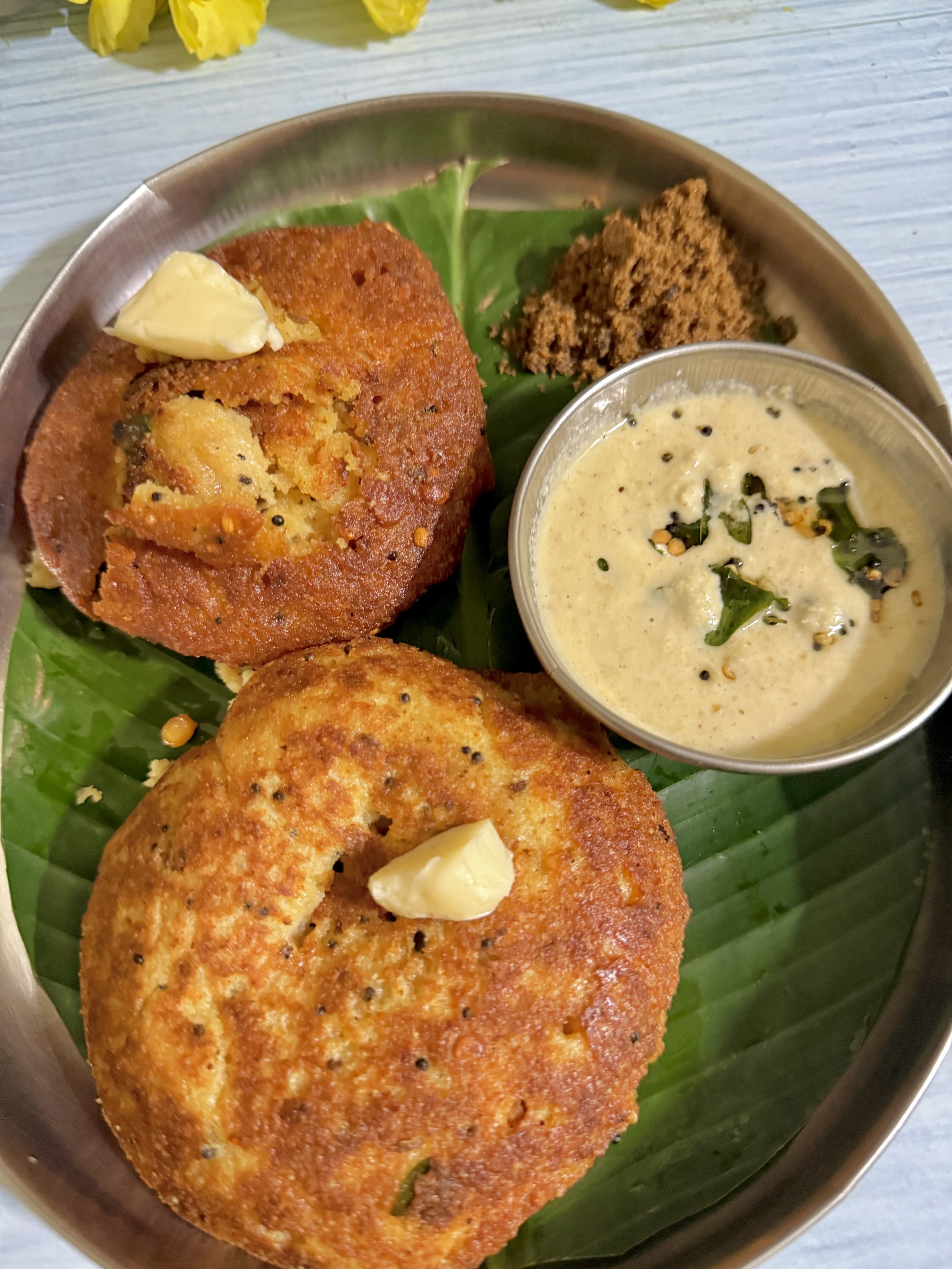
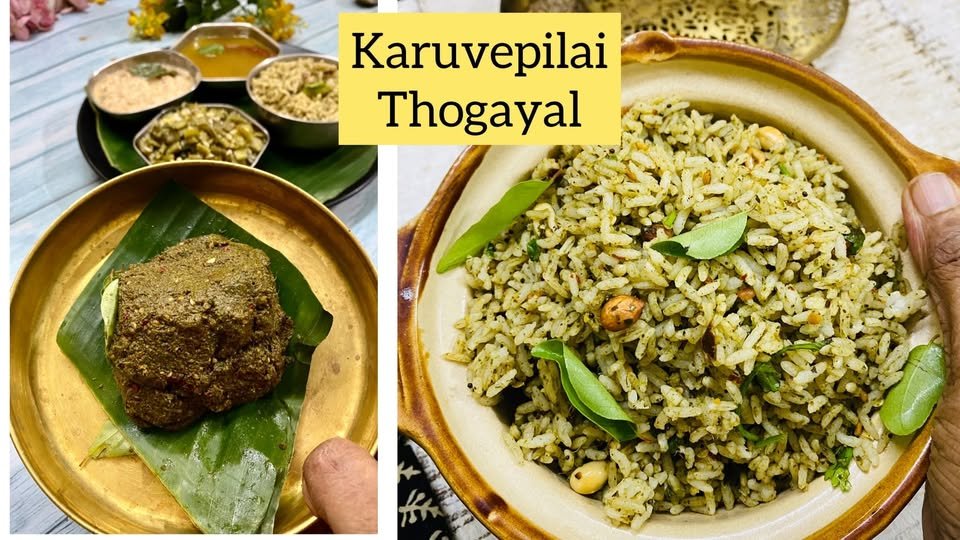
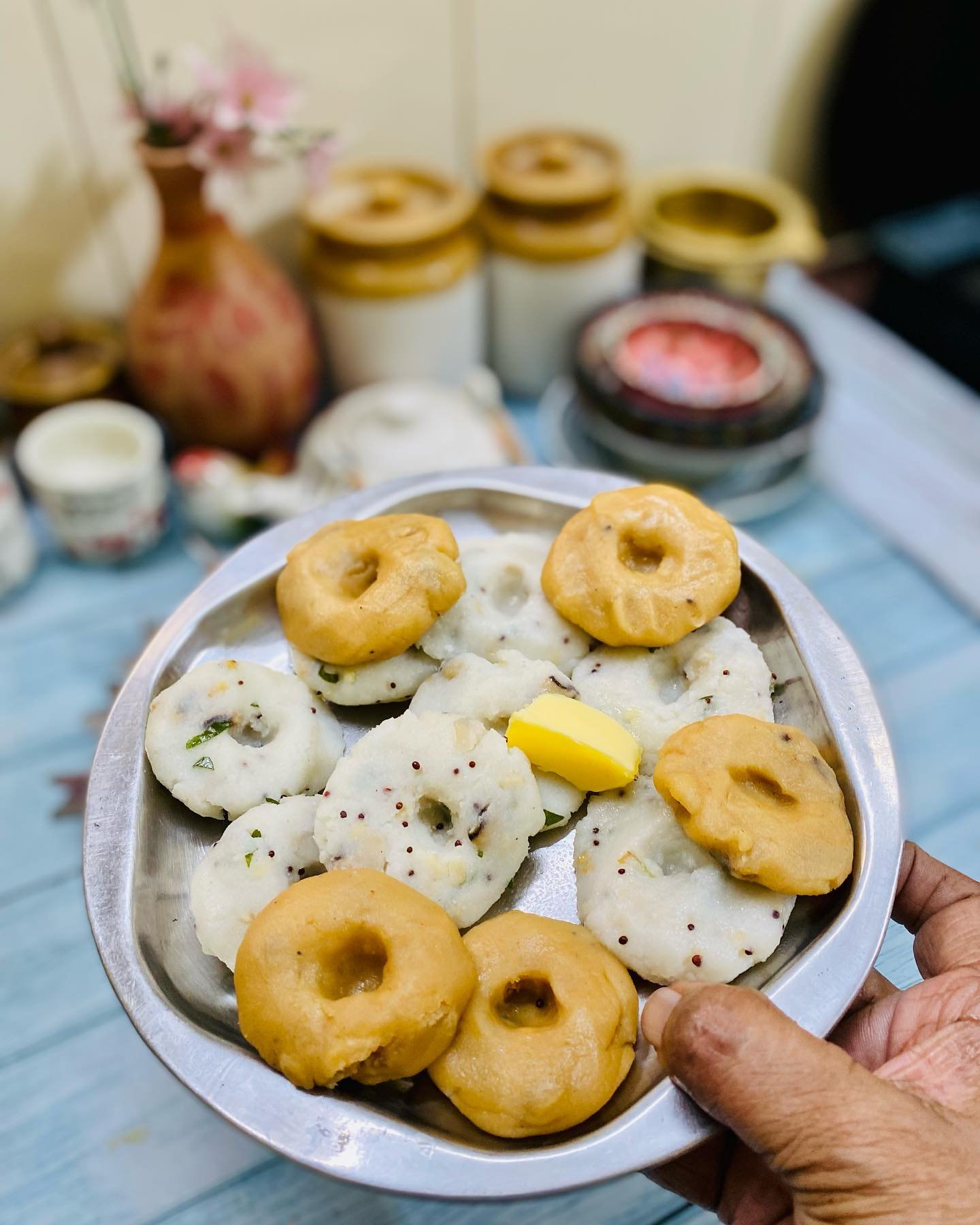


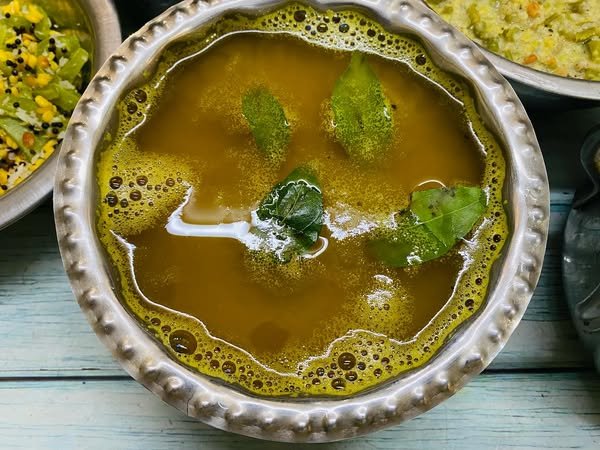

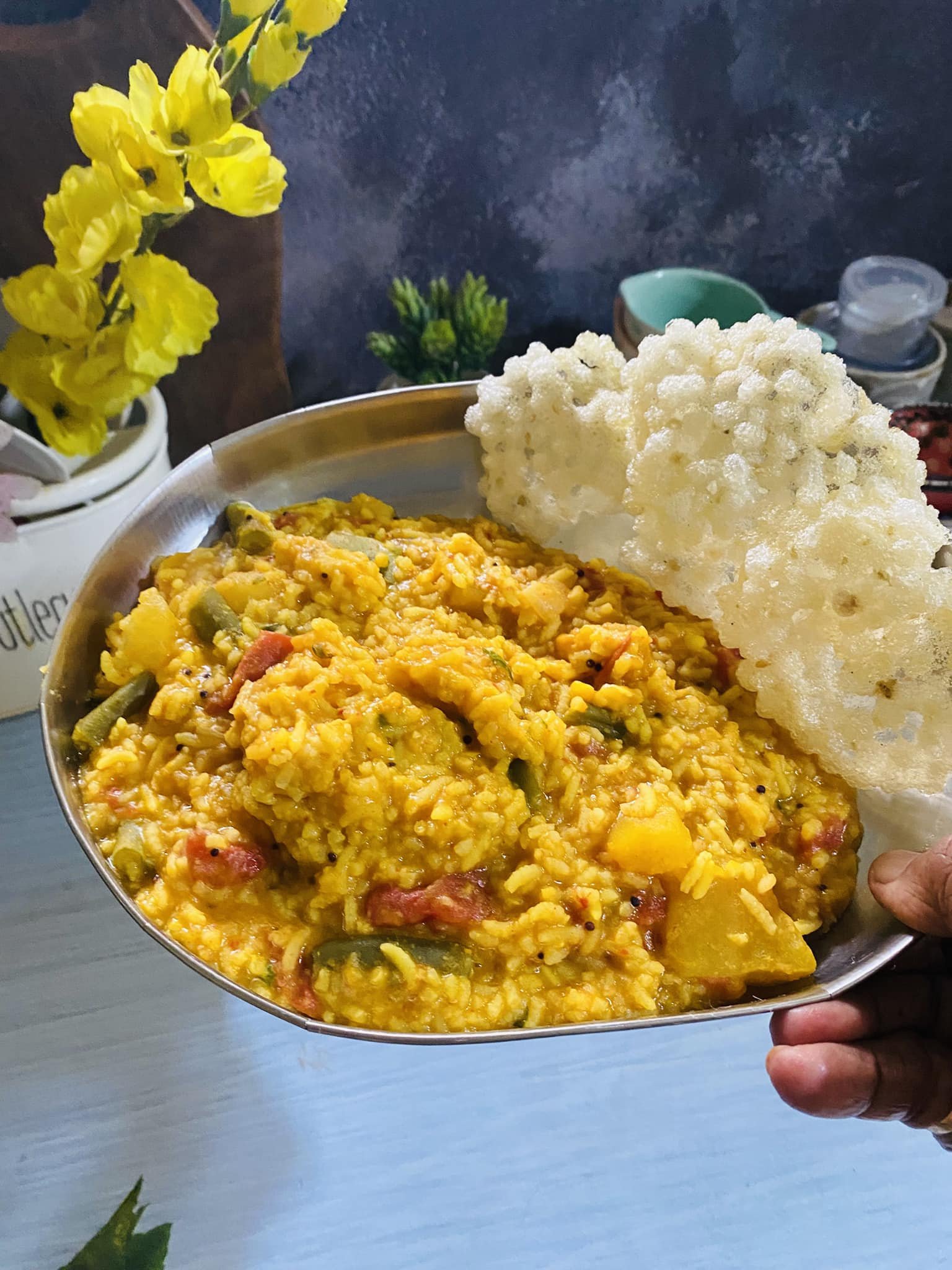
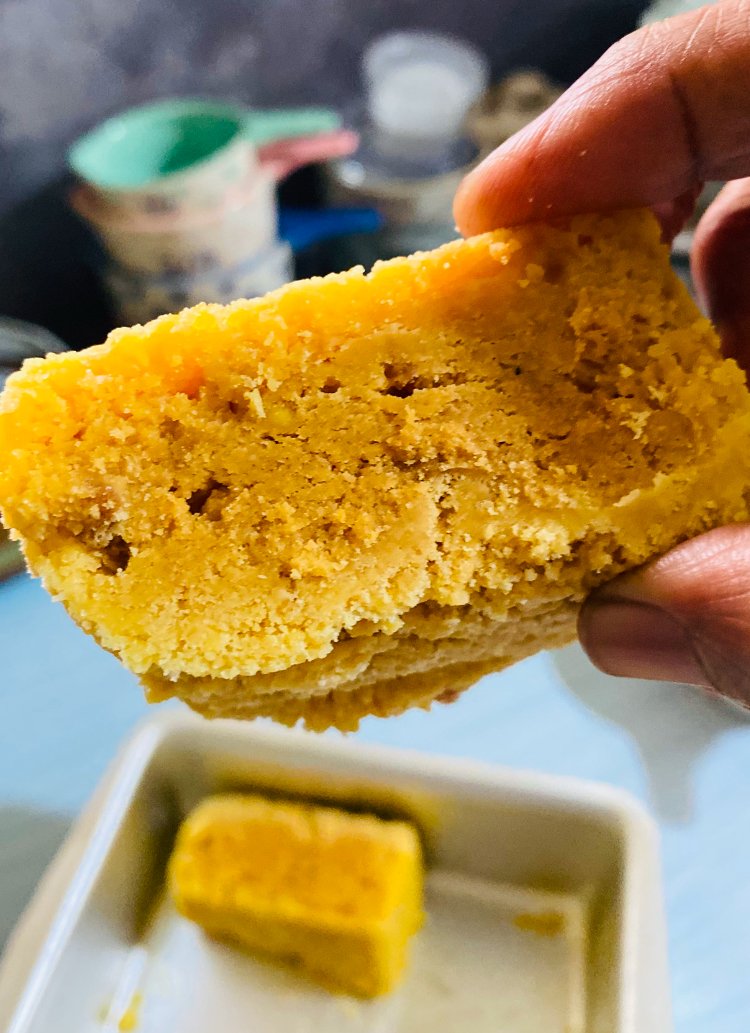

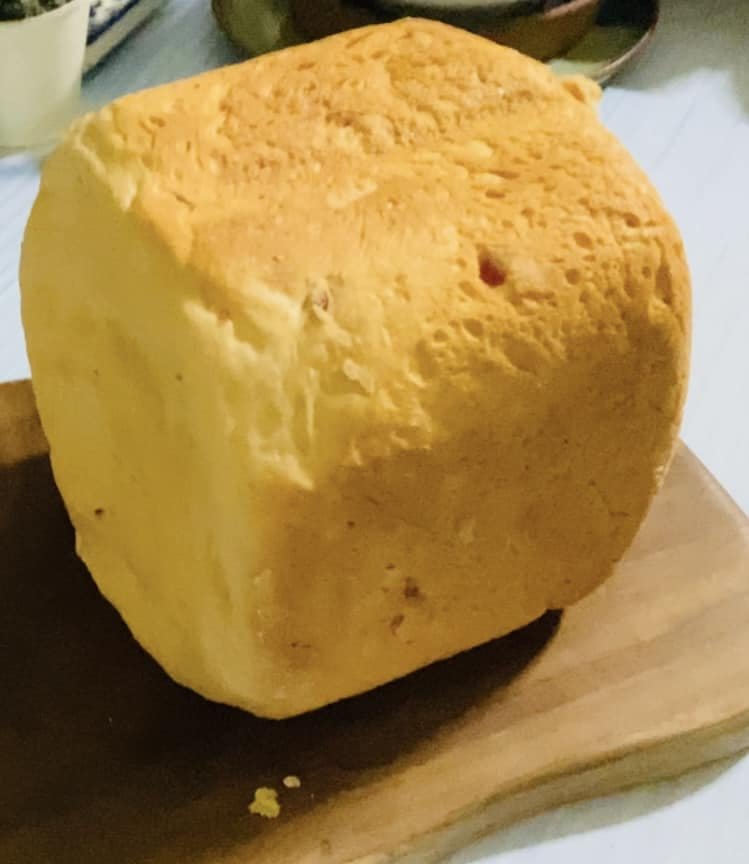
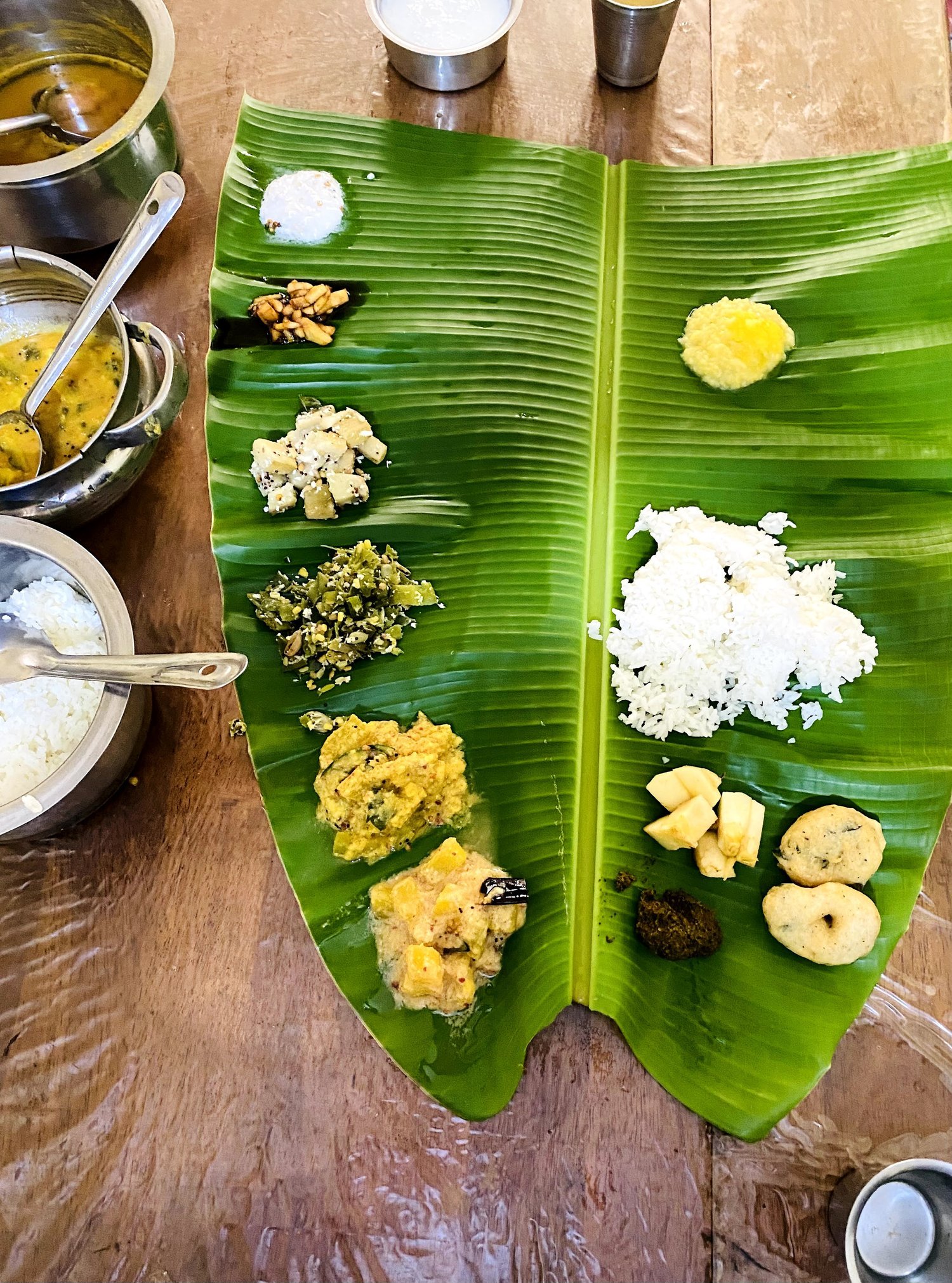
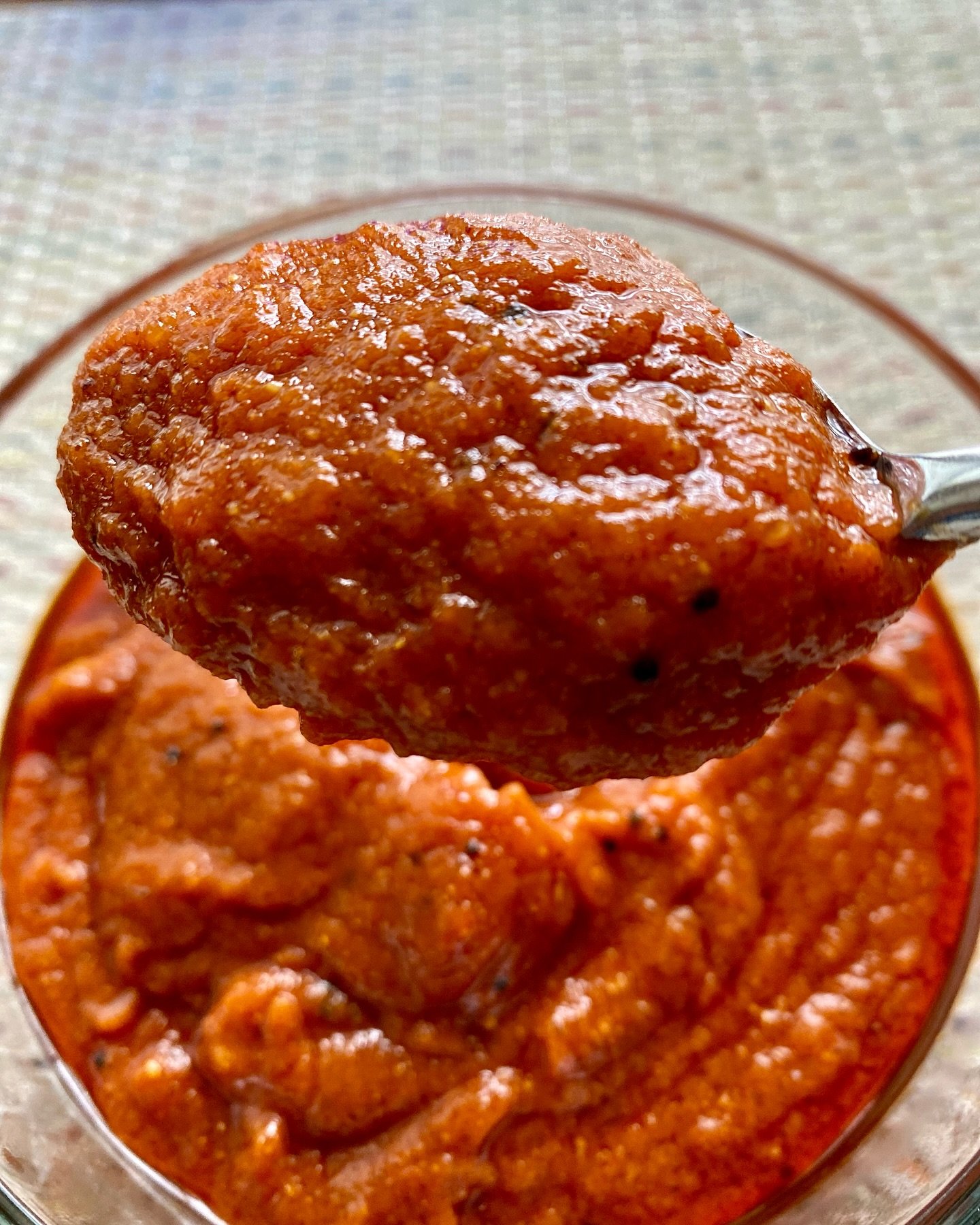
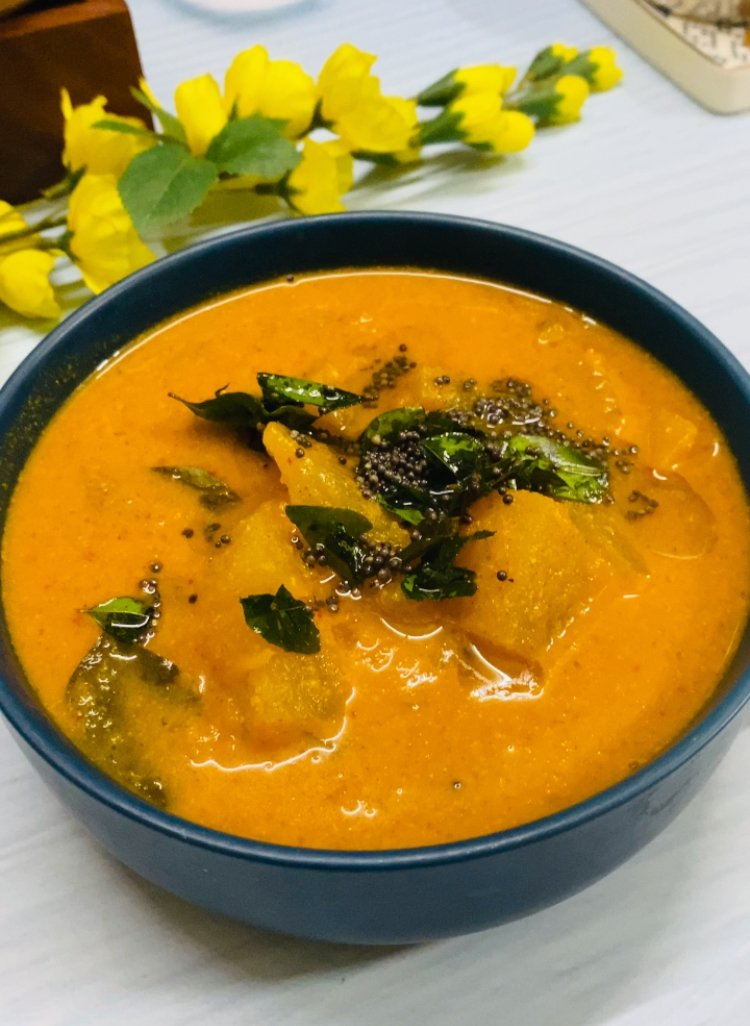
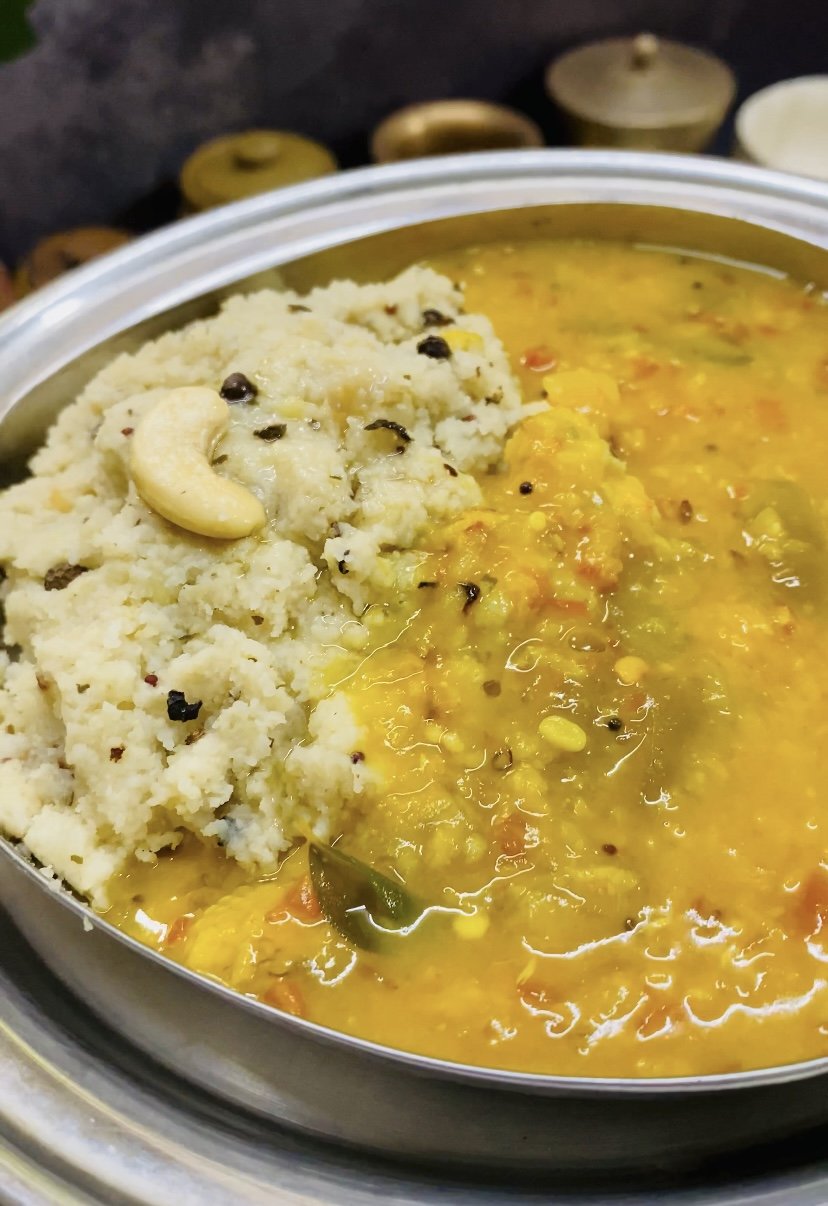



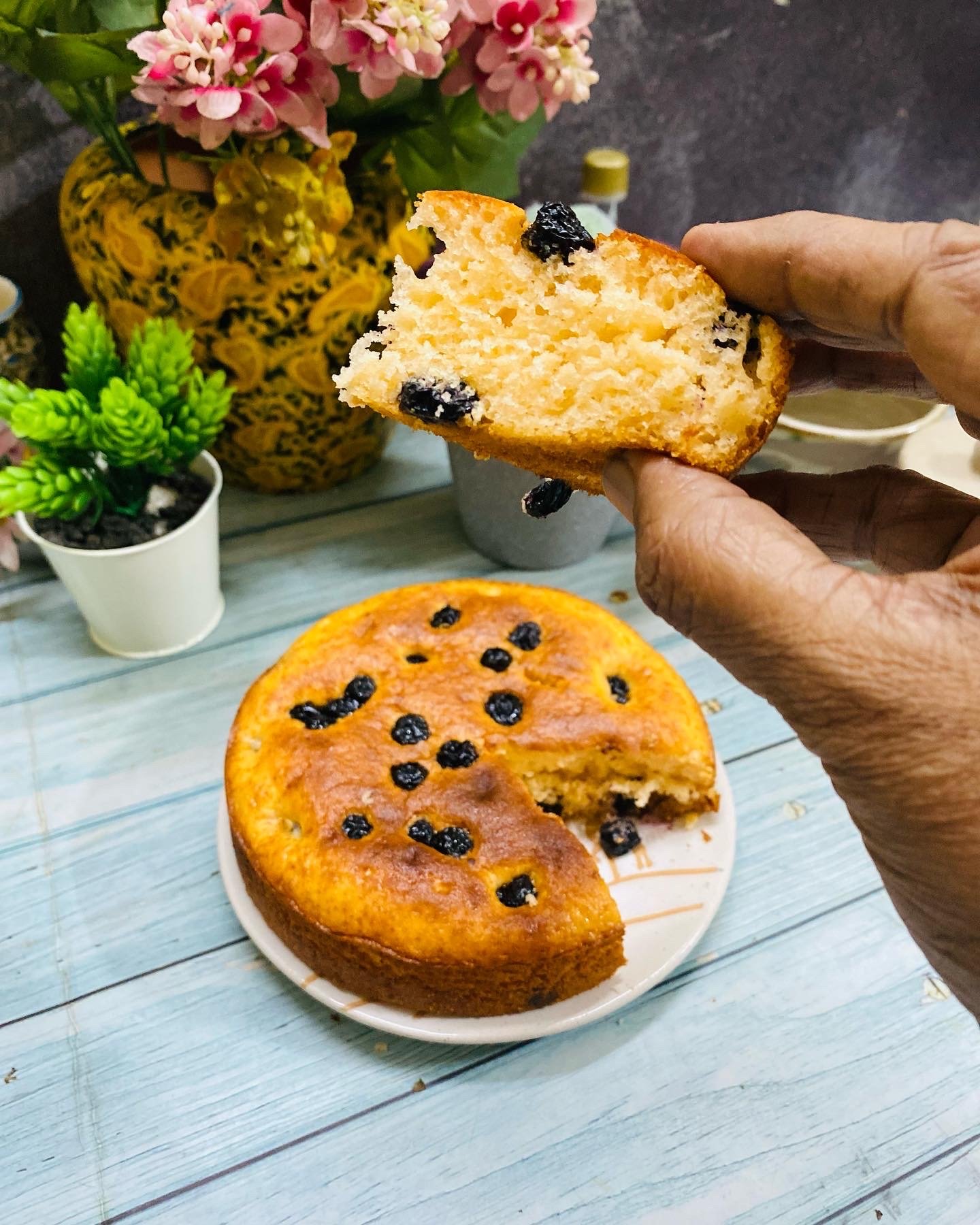








I enjoy baking these eggless burger buns that closely resemble classic brioche buns are soft, slightly sweet, and have a rich, buttery taste with a tender yet slightly chewy texture. These buns are enriched with milk, butter, and a touch of honey , giving them a beautiful golden-brown crust and a light, airy crumb inside.